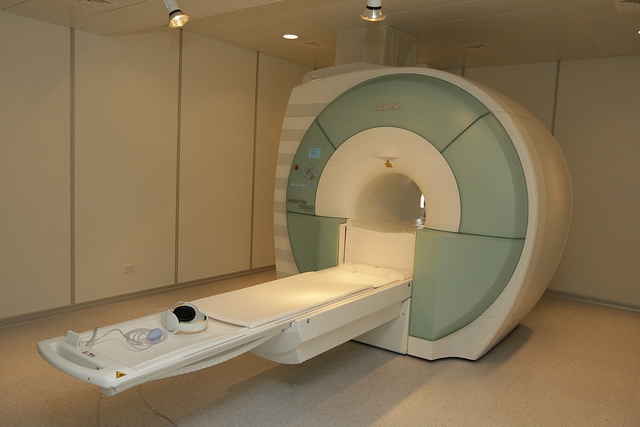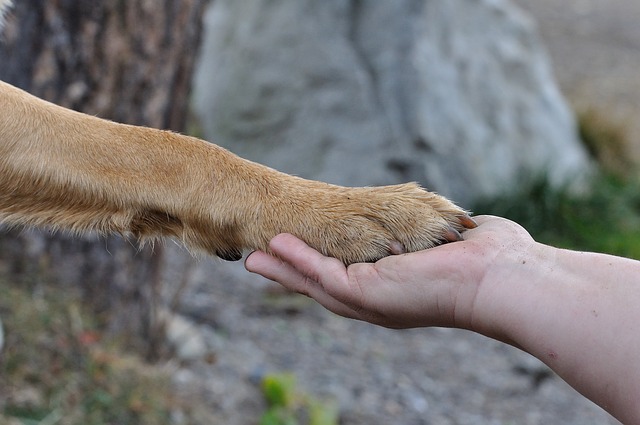We’ve all wondered about what our dog is feeling or thinking. Obviously, we know dogs can feel pain, fear and hunger. But what about other more “complex” emotions? In the last decade, scientists and canine behaviorists have used technology to find out more about our dogs’ emotions than we ever thought was possible. Thanks to them, we now have a deeper understanding of our best friends and what they feel.

How Exactly Did They Study It?
You may be wondering how the science deciphering doggy emotions was done. Some did social-experiment type studies, where dogs were placed in situations that tested their response. These are relatively easy to do, requiring little or no training of the dog.
More amazing, however, are the studies they have been done with dogs using MRIs. Being able to place a conscious dog inside an MRI machine and have it lay perfectly still while being exposed to images or sounds so that we can map the response in their brain is incredible. The behaviorists for one study taught the dogs to lie down and stay for 10 minutes to take the tests.

What We Know About Dog Emotions
While we are still uncovering the secrets of our four-legged best friends, we’ve learned some pretty interesting things about their emotions. The following are the findings of some of the most groundbreaking research that’s been done on dog emotions.
Empathy. We’ve all had our dog come over to us when we are sad, then lick our tears, put a paw on our lap, or nose us. It turns out, dogs are actually wired to pick up on our cues!
In a study reported in Current Biology, they found (via MRI) that dogs have a voice detection device in their brains, similar to that of humans, that not only understands dogs’ tones and moods, but also human voice tones and moods.

Joy/Love. Another study found that when dogs looked into their owners’ eyes, their oxytocin levels increased, just like ours do when we look into the eyes of someone we love. Interestingly, the humans’ oxytocin also increased. It looks like we care for them as deeply as they do us.
Jealousy. A social experiment tried to determine whether dogs feel jealousy. They found that dogs tended to show more “jealous-like traits” when their owner was giving attention to a fake dog, than when the owner was reading a book or playing with a toy. Whether this is in fact showing jealously or just guarding behavior, more studies need to be done. But many of us have anecdotal evidence that suggests dogs may have a green streak in them.
Sadness/Depression. Just look at a dog in a shelter and you will be sure that dogs can be sad or depressed. They certainly look it! While we know dogs can sense when we are sad or depressed, as the MRI study above shows, no one has yet tested if dogs feel sadness in the same way we do (who would want to do that test?). However, if they have a voice-detection device in their brains that is wired to pick up on these feelings, it’s probably safe to say they have them.

Anxiety. We know without doing research that dogs can definitely feel anxious. For example, separation anxiety is a very real issue for a lot of dogs that do not like to be left alone. Other dogs may get anxious about car rides or meeting new people.
What About Guilt?
According to an article in Psychology Today, chances are your dog does not feel guilt, pride, or shame. Why? Because in humans these emotions are not developed until 3-4 years of age. Since science has determined that a dog’s mental capacity is equivalent to a two-year-old human, chances are they do not feel any of these emotions. However, this is yet to be proven.
